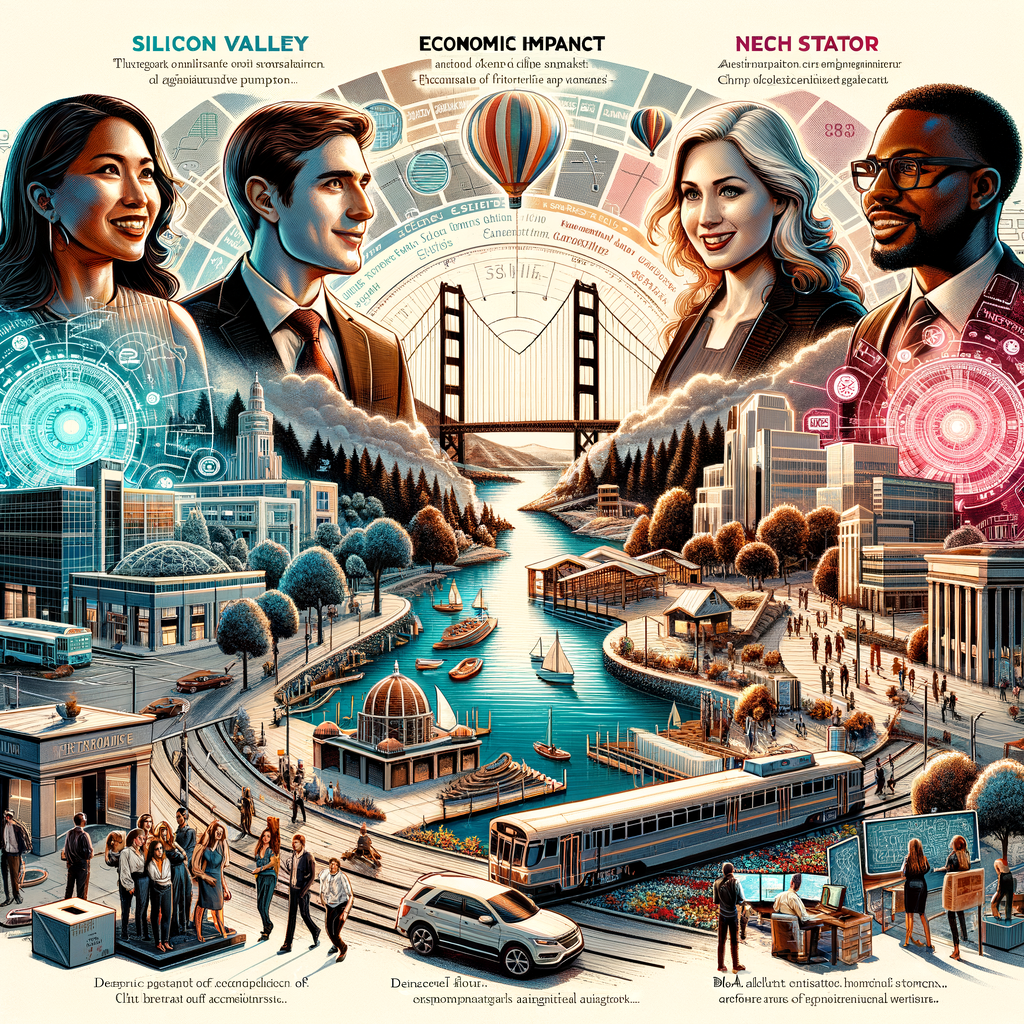

"Silicon Valley Secrets" delves into the untold stories and fascinating facts behind the greatest innovations and influential figures from the world's technology hub. The article explores the origins of popular gadgets, the

Explore the captivating world of the ocean's depths, unveiling lesser-known secrets about unique deep-sea creatures, natural phenomena, and the history of deep-sea exploration. Discover the ocean's role in regulating

This article explores the origins, impact, and future of Silicon Valley, delving into its history, the role of Stanford University, and the region's economic influence. It also features interviews with successful entrepreneurs

This article delves into the lesser-known facts and stories about humanity's moon exploration, discussing technological advancements, astronaut discoveries, and the impact of space travel on the human body. It also highlights the significance

Explore the untold stories of Silicon Valley's lesser-known innovations, the people behind them, and the scientific principles that guided their development, unveiling the hidden gems of the tech industry and inspiring appreciation for modern

This story delves into the world of eco-friendly inventions and innovative technologies that are revolutionizing sustainability, including energy-generating pavements and biodegradable materials. The article explores the science behind these creations

"Serendipitous Discoveries" delves into the world of accidental inventions that have significantly impacted modern society, exploring the stories behind innovations like the microwave, penicillin, and Post-it notes